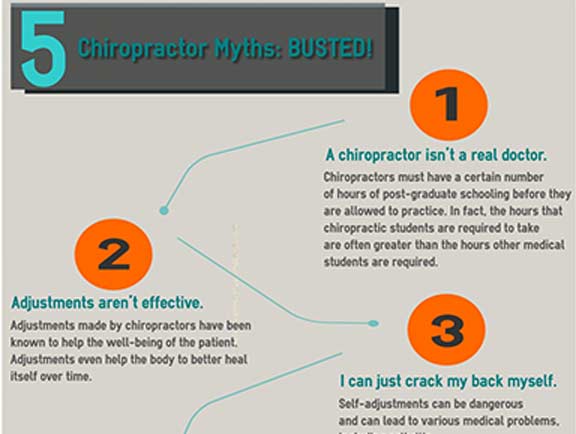Reduce Back Pain By Identifying The Everyday Practices That Could Be Creating It; Straightforward Tweaks Could Transform Your Way Of Living Into One That Is Pain-Free
Reduce Back Pain By Identifying The Everyday Practices That Could Be Creating It; Straightforward Tweaks Could Transform Your Way Of Living Into One That Is Pain-Free
Blog Article
Material Author-Snyder Dempsey
Preserving correct posture and avoiding common challenges in day-to-day activities can dramatically influence your back wellness. From how you rest at your workdesk to how you lift heavy items, little changes can make a huge difference. Visualize a day without the nagging neck and back pain that impedes your every relocation; the service could be less complex than you think. By making continue reading this of tweaks to your everyday behaviors, you could be on your way to a pain-free presence.
Poor Position and Sedentary Way Of Life
Poor pose and a sedentary lifestyle are two significant factors to neck and back pain. When you slouch or inkling over while resting or standing, you placed unnecessary pressure on your back muscles and back. This can result in muscle inequalities, stress, and at some point, persistent back pain. In addition, sitting for extended periods without breaks or physical activity can weaken your back muscle mass and result in tightness and discomfort.
To combat poor pose, make a conscious initiative to rest and stand straight with your shoulders back and lined up with your ears. Bear in mind to maintain your feet level on the ground and avoid crossing your legs for prolonged durations.
Incorporating normal stretching and reinforcing workouts right into your everyday regimen can also assist boost your posture and minimize pain in the back connected with an inactive way of life.
Incorrect Training Techniques
Inappropriate training strategies can considerably add to neck and back pain and injuries. When you raise hefty things, keep in mind to flex your knees and utilize your legs to raise, instead of relying upon your back muscle mass. Stay clear of turning your body while training and keep the item near to your body to reduce pressure on your back. It's important to keep a straight back and avoid rounding your shoulders while lifting to prevent unneeded pressure on your spinal column.
Always assess the weight of the things prior to lifting it. If it's also heavy, ask for assistance or use tools like a dolly or cart to transport it securely.
Recommended Online site in mind to take breaks throughout raising tasks to give your back muscle mass a chance to rest and prevent overexertion. By carrying out appropriate training methods, you can avoid pain in the back and minimize the risk of injuries, ensuring your back remains healthy and strong for the long-term.
Absence of Regular Workout and Extending
A less active way of life without normal exercise and stretching can dramatically add to pain in the back and discomfort. When you don't engage in physical activity, your muscle mass come to be weak and stringent, causing bad stance and boosted strain on your back. Regular exercise assists strengthen the muscle mass that support your spinal column, boosting security and reducing the threat of pain in the back. Integrating stretching into your routine can additionally enhance adaptability, avoiding rigidity and pain in your back muscles.
To stay clear of back pain caused by a lack of workout and extending, aim for at the very least thirty minutes of moderate physical activity most days of the week. Consist of exercises that target your core muscle mass, as a strong core can help alleviate pressure on your back.
In addition, take breaks to stretch and move throughout the day, particularly if you have a workdesk work. Straightforward stretches like touching your toes or doing shoulder rolls can assist relieve tension and stop back pain. Prioritizing routine exercise and extending can go a long way in keeping a healthy back and lowering discomfort.
Conclusion
So, remember to stay up right, lift with your legs, and remain energetic to avoid neck and back pain. By making straightforward modifications to your daily habits, you can stay clear of the pain and constraints that come with back pain. Look after your spine and muscles by exercising excellent posture, correct lifting techniques, and normal workout. Your back will certainly thank you for it!
